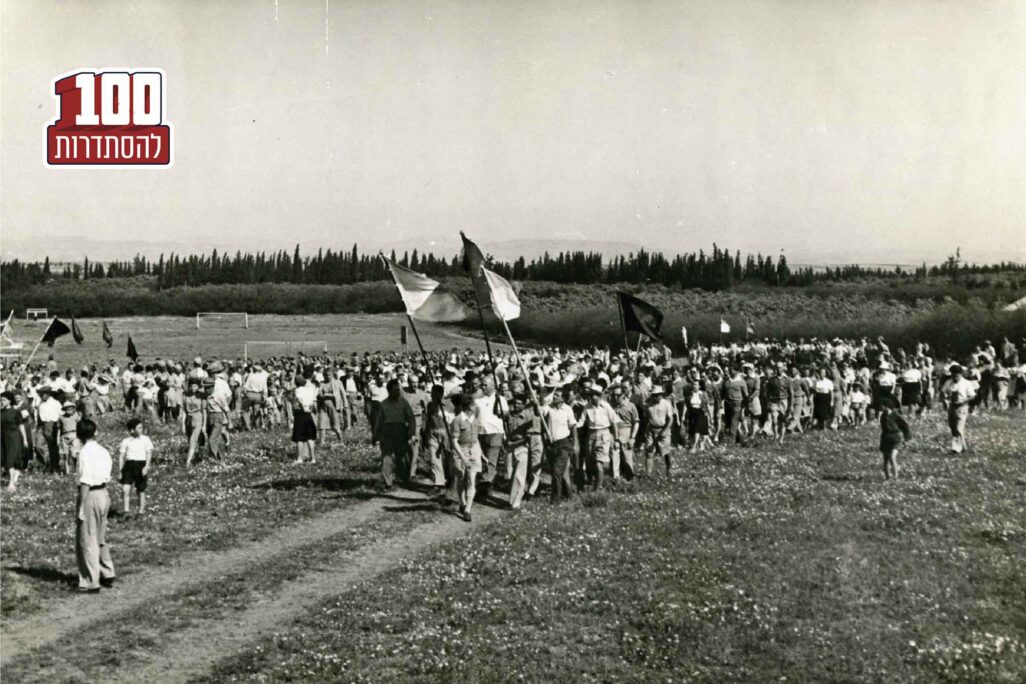
Dr. Mordechai Naor, author and historical researcher, recalls the May Day March of 1947 in Rehovot Moshava vividly.
“A HaPoel football field was inaugurated in Rehovot, and a march was held by all the workers in the settlement,” he described. “All the youth movements and all the students at the Beit Chinuch, which was part of the workers’ school system within the Histadrut, came out. I estimate there were 2,000 people in this procession out of 10,000 residents living in Rehovot at the time. We all walked two miles, with flags, until we reached the new field.
"Suddenly a terrible rain began and caught us, the boys, in shorts and tank tops, the girls with white shirts. But they did not turn back. They said, 'We are a great force, and a great force will not retreat from anything.'”
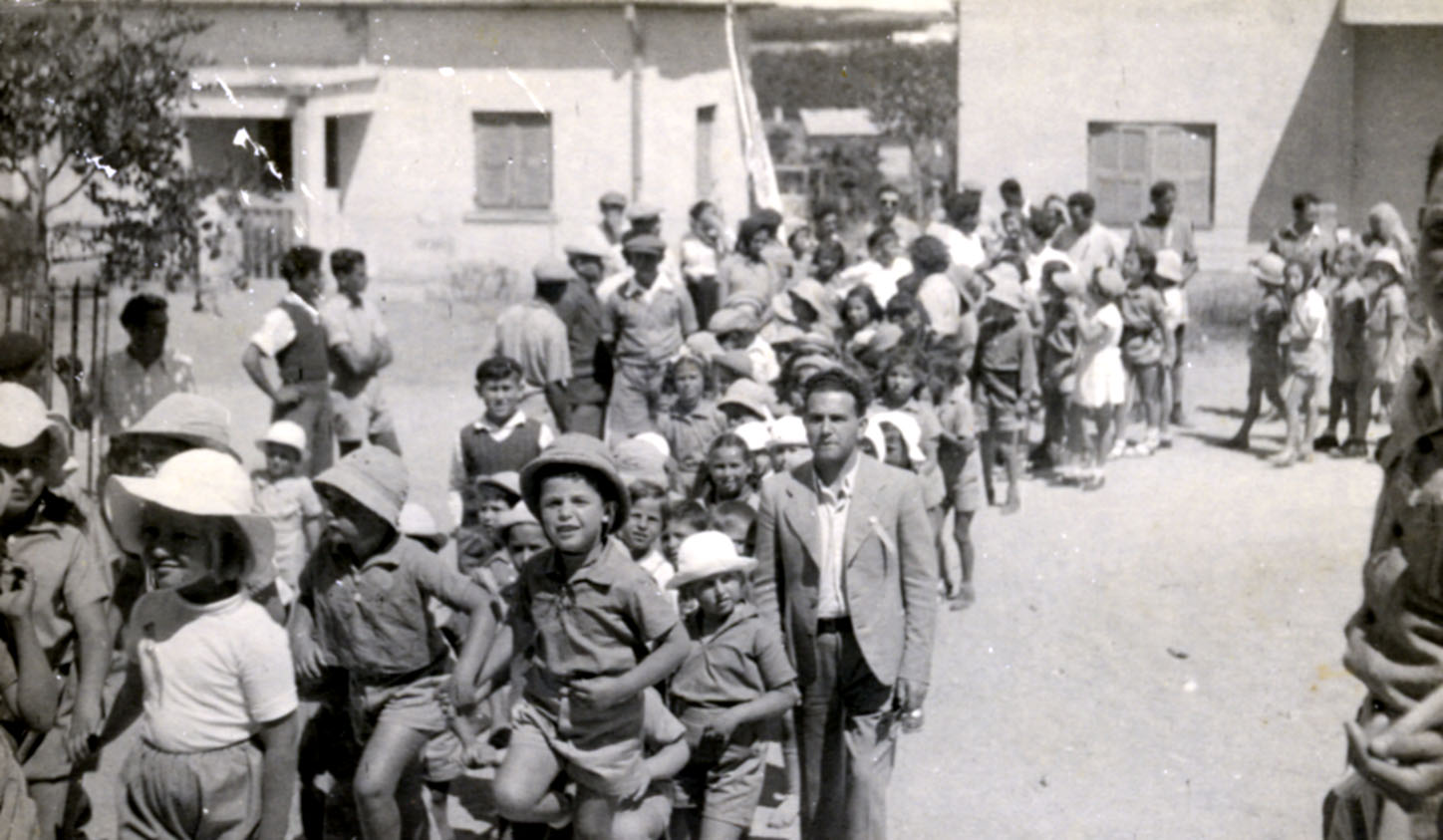
It was at that moment, at the age of 13, that Naor realized the full power of the Histadrut, then an umbrella organization of the Labor movement that encompassed almost all parts of life for the worker. Today it still holds a unique position in the union world – it is not an umbrella organization of labor unions as can be seen in other places, but rather the primary union that the worker belongs to. Workers sign up directly to the Histadrut, which then represents them and their rights in a variety of bodies. The Histadrut's uniqueness, however, stems back from its early formative years, as Naor explains
"Over the years, I learned that the Histadrut had its own bank, newspaper, supermarket chain, education system and its own employment office. I lived within the Histadrut state," he said.
“To encompass the lives of its workers”
The Histadrut was established in 1920 as a workers' organization of all the "Hebrew workers in the Land of Israel," but in the first decades of its existence, it was much more than that. Its leaders, including David Ben-Gurion, Berl Katzenelson and Yitzhak Tabenkin, saw it as an instrument for building the Jewish national home, and a body that would encompass the entire life of the worker in the spirit of the values of equality and solidarity.
One hundred years after the establishment, the Histadrut’s influence is still present in a variety of companies, neighborhoods and public bodies in Israel.
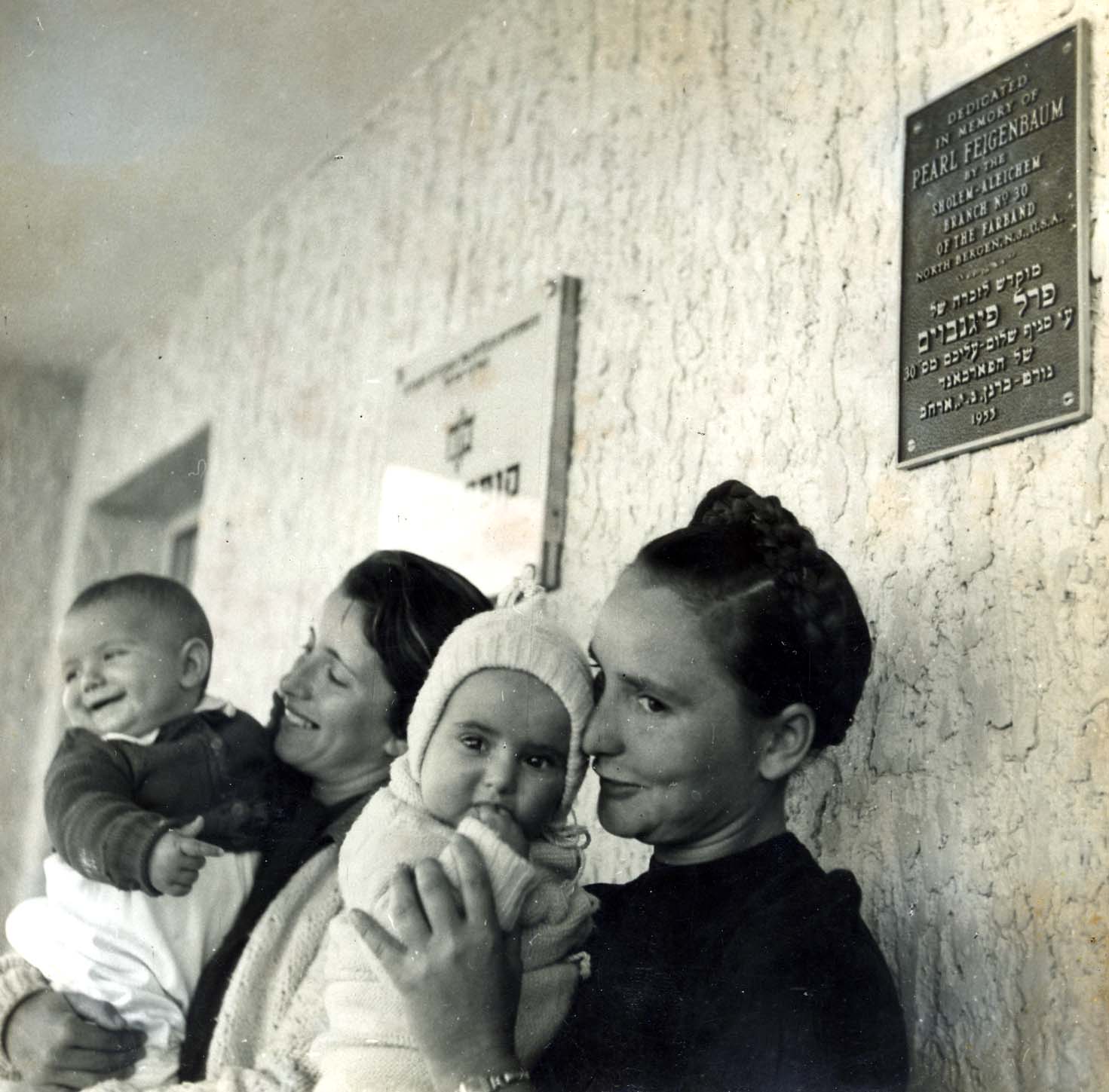
"The Histadrut is one of the cornerstones of the Yishuv (the pre-state Jewish community in Israel) on its way toward becoming a state," said Naor. "Ben-Gurion, who was elected secretary of the Histadrut about two years after its establishment, had an idea that this body should encompass the entire lives of the workers in the country – at work and after work, from the children's education, to industry, settlement and defense. All of these things, in his view, should have been in the Histadrut, which should take care of its members."
Naor explained how Ben Gurion envisioned this Histadrut community starting with the working class and eventually spreading outward to reach the entire society, in the spirit of communalism and socialism.
The Histadrut is born
"The establishment of the Histadrut was to some extent the last will of Yosef Trumpeldor," Naor explained. "When he arrived in Israel at the end of 1919, after establishing the Jewish battalions in World War II and leading the HeChalutz movement in Russia (training young Jews for aliyah) he was quite upset. He found petty politics within the workers' parties.”
There were two main parties making up the Labor movement at the time: Achdut HaAvodah (Labor Unity), the largest and the avant-garde, and the smaller, more right-wing Hapoel HaTzair (the Young Worker). Each had their own organizations, including a newspaper and employment offices.
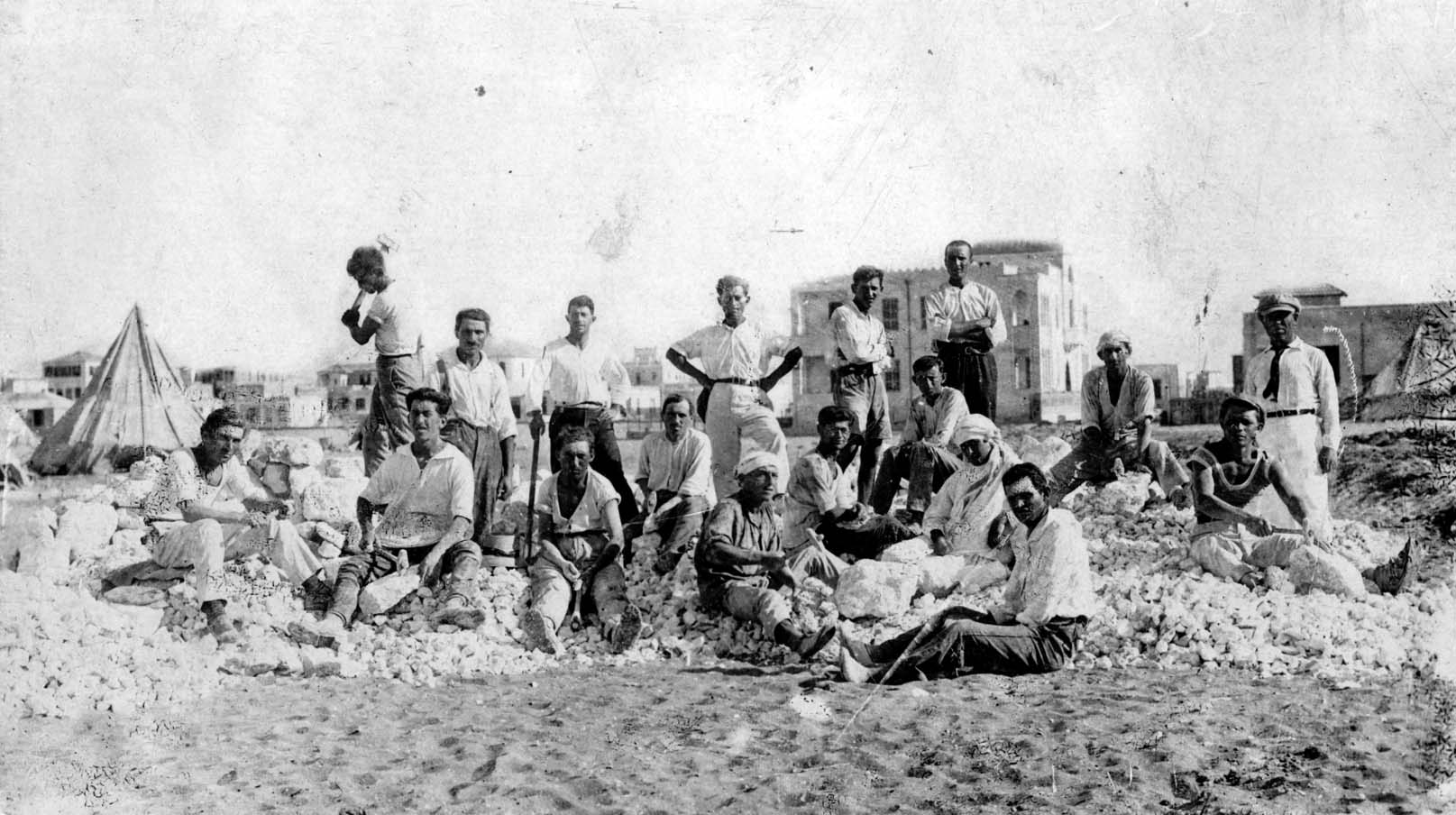
"The period is two years after the Balfour Declaration, (in which the British mandate supported a Jewish national in Israel),” Naor continued. “The Messiah seemed to be knocking on the door. Trumpeldor was hoping for a big immigration from Eastern Europe, and said, 'Why are you doing this? Why fight amongst ourselves? Let's try to unite, to establish a body for all the parties.’”
A few months later, Trumpeldor was called to defend the settlements of the Galilee, and was killed in the battle of Tel Hai.
"Trumpeldor wanted to unite all the young pioneers in the country," said Naor. "Those who pushed in this direction were the immigrants from the third aliyah, the younger ones. The old ones, the 35-year-olds, were not so enthusiastic. The young people said, 'If you do not come with us, we will set it up ourselves.'
Ben-Gurion, Berl Katznelson and Yitzhak Tabenkin, ideological leaders of the Labor movement, became convinced that this was the right direction as well. They set up a conference and held elections, which approved the new body, the Histadrut, into being.
“A Histadrut member is someone that doesn’t exploit others”
The first years of the Histadrut were characterized by the establishment of organizations to assist workers and the advancement of the Yishuv in Israel, or the absorption of pre-existing organizations into the Histadrut. These included the health fund that took care of the members' health, Bank Hapoalim (the Workers’ Bank) and Hamashbir HaMerkazi – a cooperative that assisted farms and cooperatives in purchasing food and agricultural equipment, and the Society for Public Works, which later developed into the construction company Solel-Boneh.
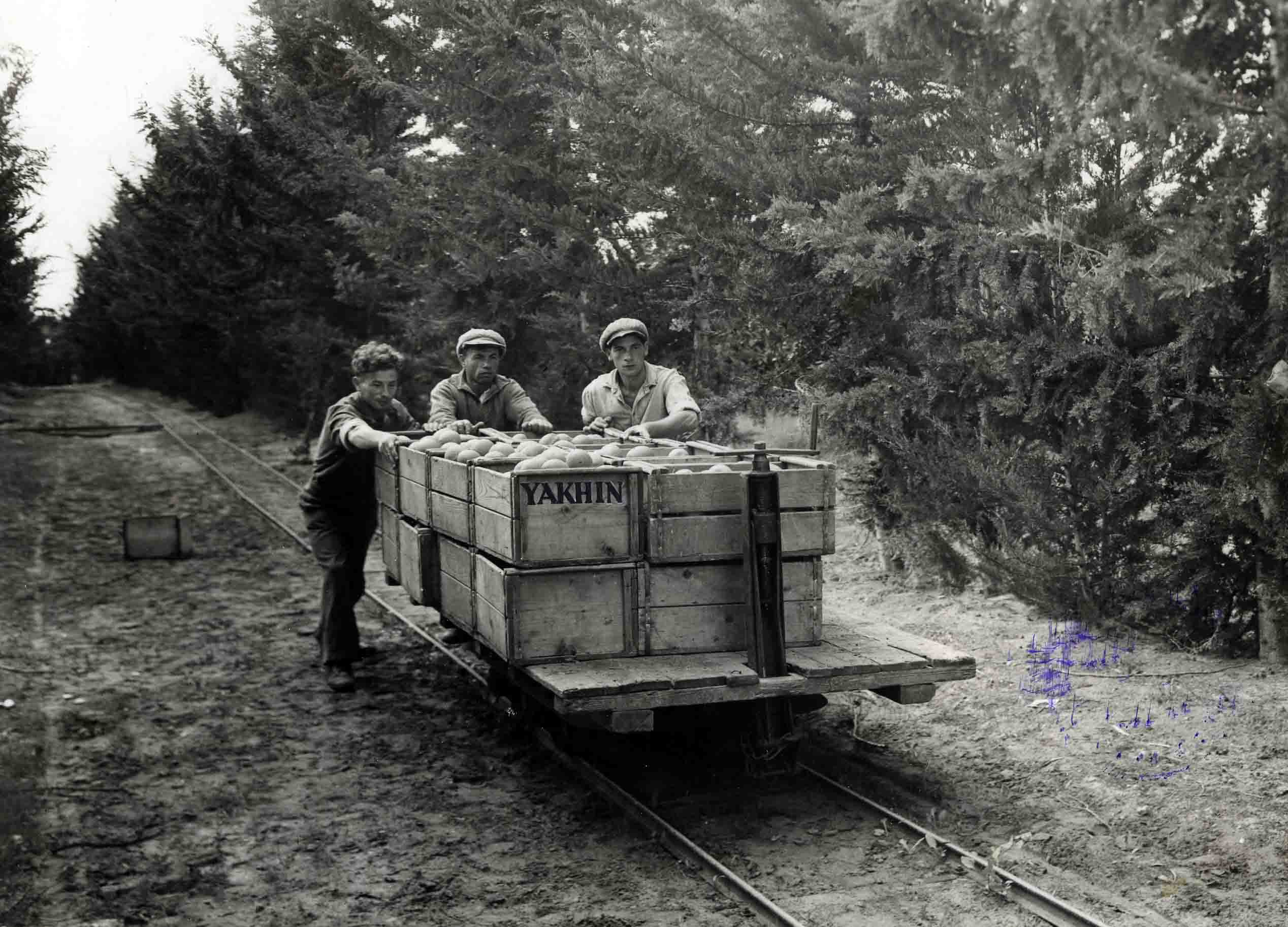
The Histadrut, functioning as a wide cooperative economy, also founded companies and factories and answered the need for jobs and promoted economic development of the Yishuv. These included Yachin, Hakal (a company for agricultural processing), Mekorot, Ayron, Arkia and more.
"It was decided that a Histadrut member is someone who does not exploit others," said Naor. "A craftsman with five employees could not join the Histadrut, [as it only accepted] either employees or self-employed.”
Until the 1950s, membership in the Histadrut was limited to Jews only. However, the Histadrut supported the establishment of the Brit Poalei Eretz Israel (Union of Workers in the Land of Israel), a parallel organization that invited Israeli Arabs to join. Naor cites this initiative as a great success in Haifa, a mixed city.
Theater, publishing, newspapers, and the Haganah
“A Histadrut member, from the moment he was born until the moment he died, lived within the Histadrut,” Naor stated.
“The Histadrut has its own health system and clinics, so the care of babies happens there. The job search is within the Histadrut's employment office. Agricultural work and industrial work happen inside the Histadrut's economy," he went on to explain. "Even the supply of food – the cooperative markets provide the workers with food. There was even care for the deceased.
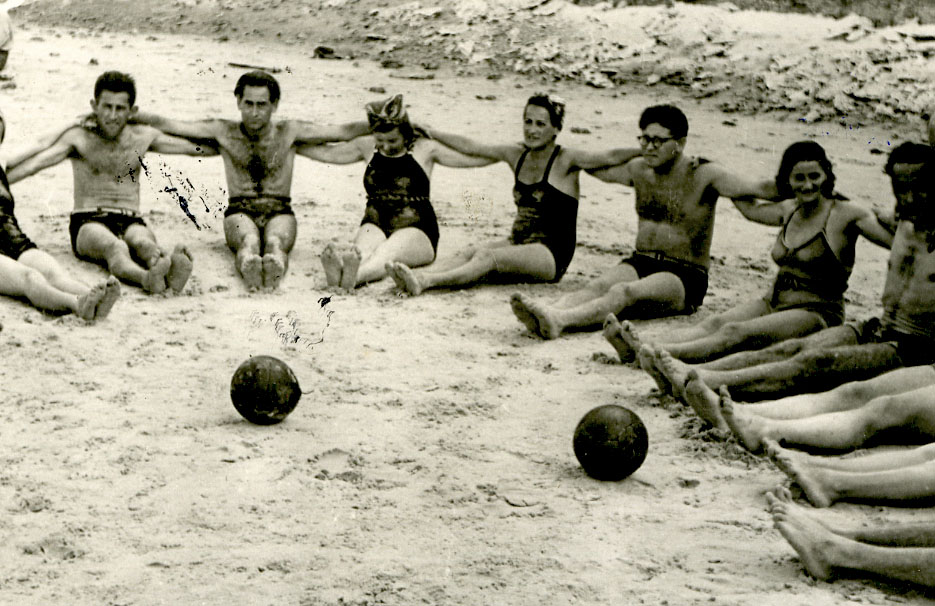
Similar to the communal model of moshavim and kibbutzim, sharing of a different kind also occurred within cooperatives. These included service cooperatives, like the bus company Egged, consumer cooperatives such as consumer associations and cooperative grocery stores, and financial cooperatives, like Bank HaPoalim, then a saving and lending fund for workers, now one of Israel’s largest banks. In total, the Histadrut included around 40 cooperatives.
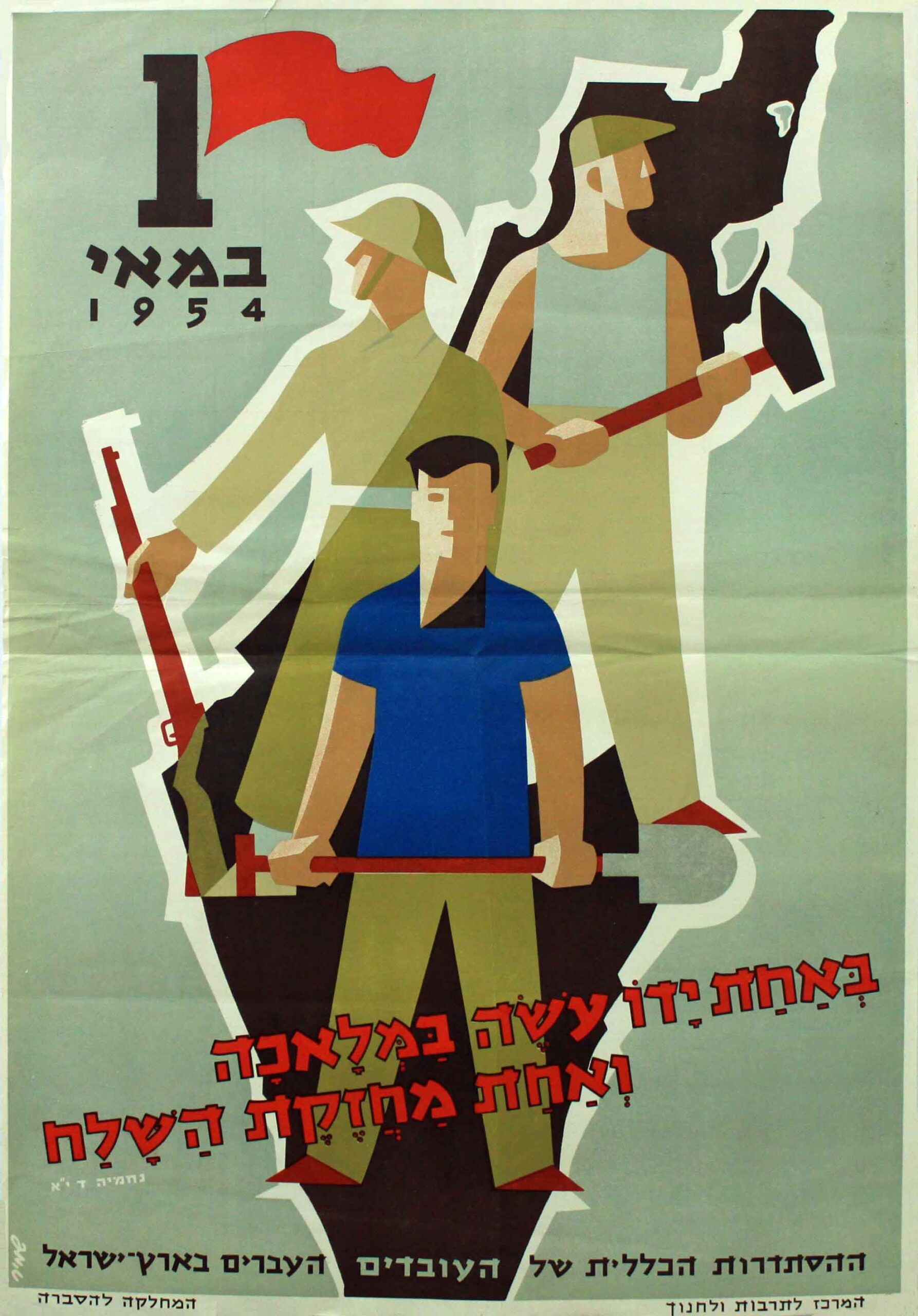
In addition to the economic institutions, cultural and educational institutions were established. These included a network of schools oriented toward the Labor movement within the wider education system, known as the “Workers' Stream;” HaNoar HaOved (the Working Youth) youth movement, the Tent Theater, the publishing house Am Oved (Working Nation) and the newspaper “Davar.”
But in its early years, the Histadrut did not stop at that.
"The Haganah defense force, which was set up originally to protect the Jewish community from Arab attacks, also developed within the framework of the workers' organizations," said Naor. "Ben-Gurion advocated that everything that contributes to the lives of the workers should have appropriate bodies established for it. The Haganah is the best example of this.”
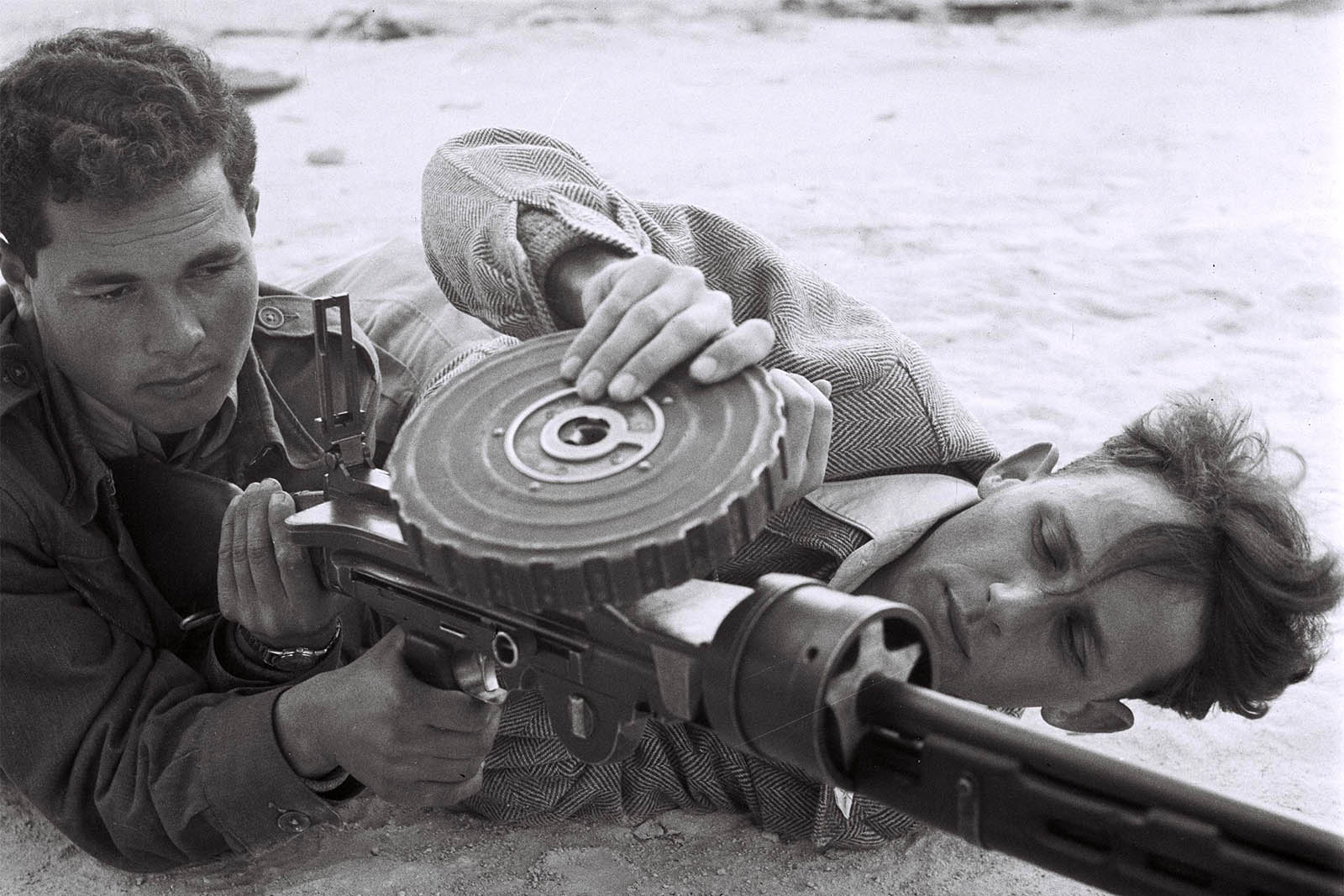
"The Histadrut did not establish it, but received it six months after it was founded by the Achdut HaAvodah party, which understood that a military organization is not a matter for one party, but should be with a more central body. For ten years, the Haganah was under Histadrut directory. It was quite challenging because it requires funding, ammunition, courses and more," he explained.
The Haganah ceased to be under the responsibility of the Histadrut in 1930, and passed over to the national institutions. But Naor points out that even when the Haganah was no longer part of the Histadrut, it received economic and organizational backing from it.
"When military convoys needed to go up to Jerusalem, did you ever think about where those buses were taken from? From Egged and Dan,” Naor said. “When you need trucks, you got them from the cooperatives, the moshavim, the kibbutzim. Many of the resources for the War of Independence were donated by civilian bodies of the labor movement. The Histadrut’s health clinics, which predated the Ministry of Health, were also at the disposal of the Haganah.”
The economic dispute between the city and the village
The establishment of such a large and diverse organization inherently comes with disputes and conflicts of interest. One of the controversies concerned the question of economic policy.
"The approach of Achdut HaAvodah was expansive," said Naor. "They talked about the big picture. We will build factories and kibbutzim, and the money will come in time.”
In contrast, Naor explained that “the HaPoel HaTzair party was much more conservative. But when they set up a bank, who did they name to run it? Yosef Aharonovitch, from HaPoel HaTzair, with the consent of Achdut HaAvodah. Why? To keep tabs on the money.”
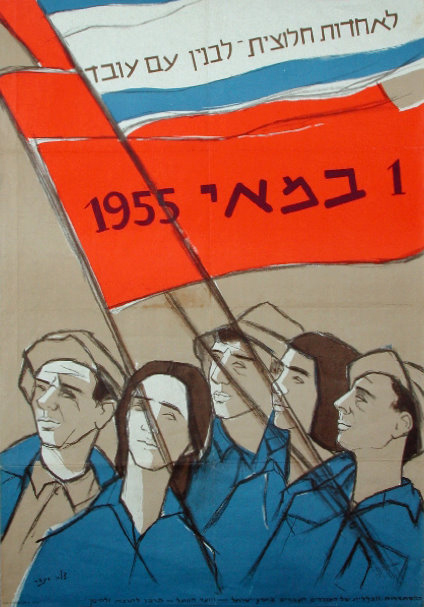
Another ongoing debate was over the prioritization of resources, between agricultural settlements and urban-dwelling workers. The Histadrut, and the entire Labor movement, had a section entirely devoted to agricultural settlements – founding and maintaining kibbutzim and moshavim. There was another sector for the cities – industrial workers, service workers, urban-based cooperatives.
“The city-based members of the Histadrut said, why does the Histadrut care so much about agricultural settlements and not enough about the city?” Naor said. "A large part of the money of the Zionist movement went to kibbutzim and moshavim, because the perception was that the more agricultural settlements there were, the more it would help to spread in the country. The policy was to establish ‘wall-and-tower’ settlements in the weak points, in the Negev, in the Beit She'an Valley.”
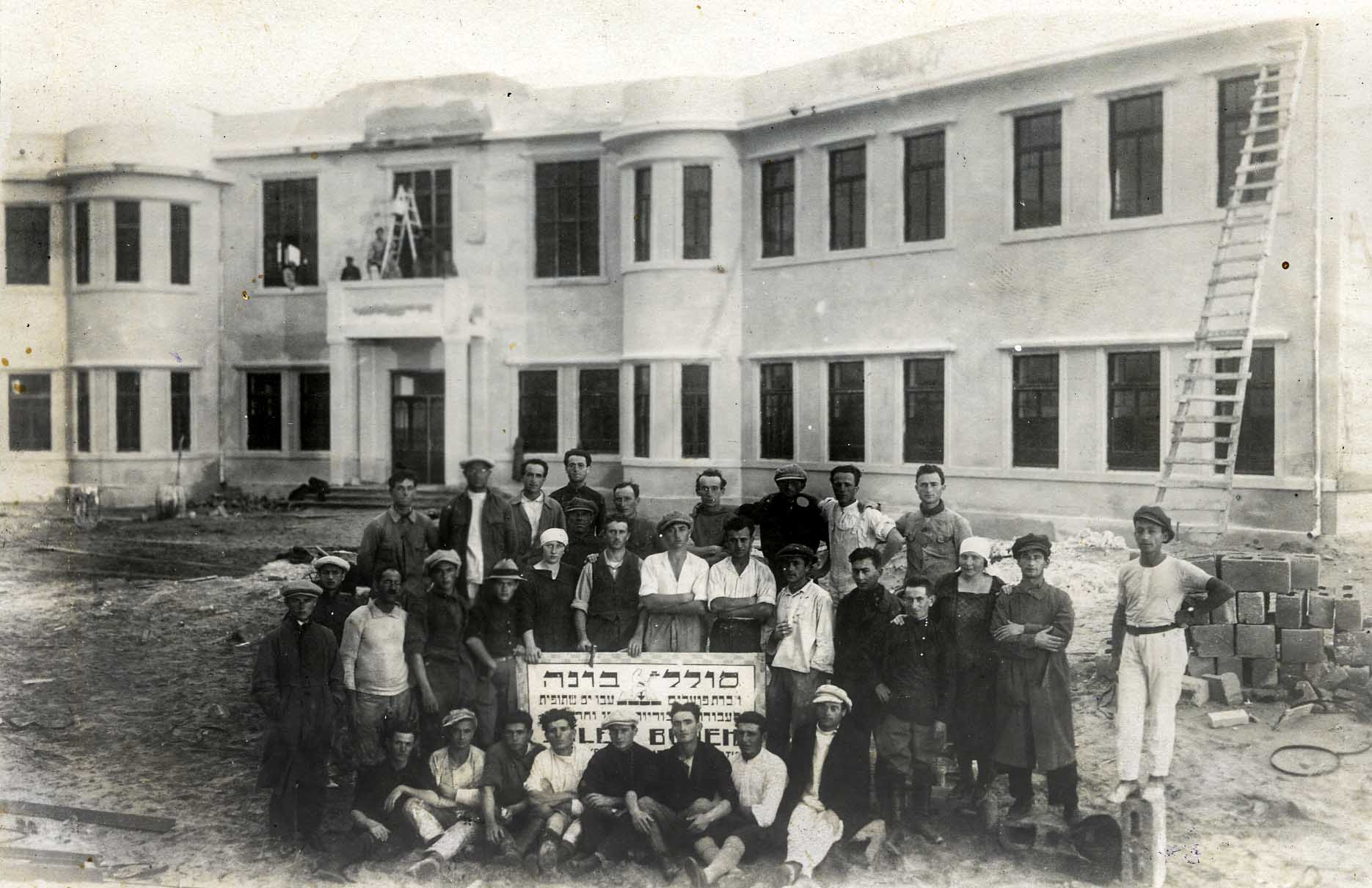
“But not everyone agreed on this,” Naor continued. “Most of the Yishuv’s population lived in Jerusalem, Tiberias, and Safed. Somehow they knew how to strike a balance between the two.”
"Tel Aviv wanted to be the determining voice"
The Histadrut also saw tensions between veteran and new immigrants, especially in the years of massive immigration after the establishment of the state.
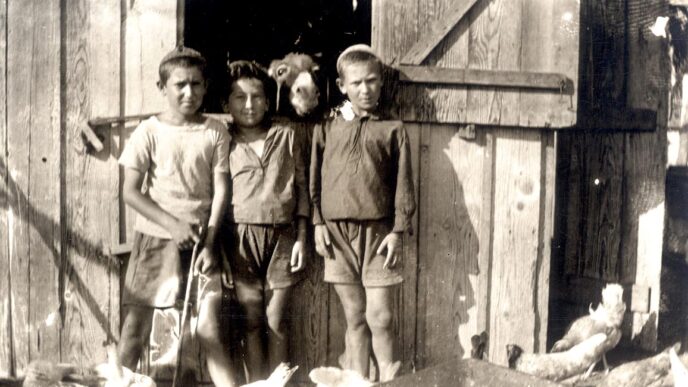
"The Histadrut, before and after the establishment of the state, represented the older Yishuv," said Naor. "When the new immigrants joined it, they could not hold positions of control, and this created feelings of discrimination, feelings of inferiority.”
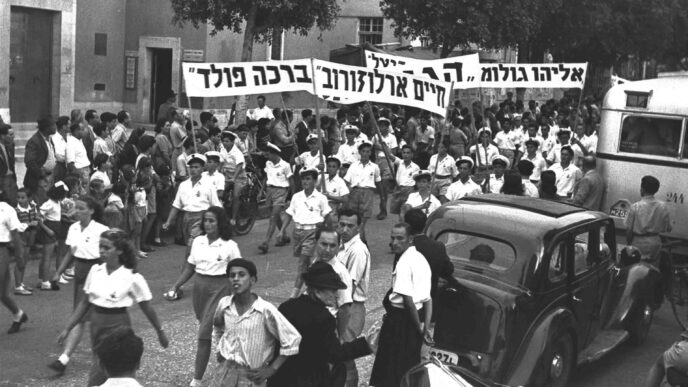
"I estimate that at least half of the residents of the Yishuv were in the Histadrut," Naor continued. "It had a very influential status, which was not so well received on the bourgeois side. Tel Aviv, for example, wanted to be the determining voice. There was a built-in conflict between the various sectors in the country, but the labor sector had more power."
However, Naor notes that its power was not felt in all parts of the country equally. He says the Histadrut held the most sway in Haifa, which was nicknamed “Red Haifa,” with much less power in Tel Aviv and even less in Jerusalem.
Confrontations on all sides
One of the fiercest struggles of the Histadrut was with the Revisionist Zionist Beitar movement, whose members opposed the obligation to assign workers to workplaces through the Histadrut employment offices, and broke Histadrut strikes.
"There were major confrontations with the Revisionists, which included fist fights. There were debates in the Histadrut on how to respond to this. Berl said to act in moderation. He also convinced Ben-Gurion, who went and made an agreement with Jabotinsky," Naor recounted. Eventually ,the agreement was not approved, and hostility continued.
After the establishment of the state, the Histadrut found itself in another confrontation, this time with former leader Ben-Gurion, who demanded that it transfer many of its functions to the state.
"Ben-Gurion, with his conception of statehood, probably did not help the Histadrut, he was even against it. He argued that from now on the state should do everything. And this is a man who built the Histadrut,” Naor said. According to him Ben-Gurion attempted to dissolve the different sectors within the education system, eventually succeeding with all except the religious sector.
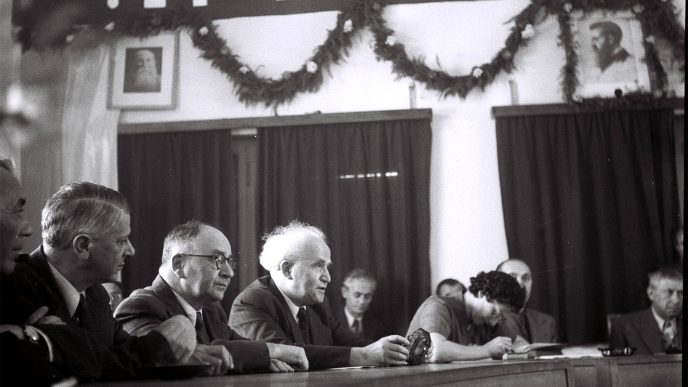
"Ben-Gurion," Naor added, "was probably in disagreement with himself, because there were places where he did build off the power of the Labor movement. For example, in the 1950’s, he turned to members of the moshavim and kibbutzim who volunteered to establish the moshavim in the south and help settle the new immigrants."
"The Histadrut shaped life"
The Histadrut's role in establishing the state is not currently known to large sections of the public. According to Naor, the reasons for this are political, along with processes that the Histadrut itself has gone through. The leftist Labor Party held power in Israel until the 80’s, when the Likud Party swung into power, promoting more free-market capitalist and less socialist economic policies.
"From the political upheaval in 1977 onwards, the government has been against the Histadrut almost the whole time. There has been an attempt to minimize its contribution. Today it is looked at with compassion at best – it’s from another generation, outdated – and with hostility at worst," Naor said.
Naor explained that it’s always possible to say that the Histadrut could have done more, but in relation to the limitations of the pre-state period, including the unstable conflict between Jews and Arabs and living under foreign rule, the Histadrut managed to make a lasting impact on the state’s establishment.
"But what happened to it after the establishment of the state is what happens to social and political bodies, which do not last forever. It was not at its best. Similar to the weakening of the kibbutzim, the agricultural settlements – they were all cooked in the same pot,” Naor said.
“In the 1990s, under Haim Ramon, the Histadrut privatized itself, perhaps out of lack of choice, perhaps out of a worldview. Ofer Eini tried to rebuild it, Avi Nissenkorn continued that and now it is led by Arnon Bar-David. The difference is that today it is mainly a trade union, when once the trade union was only one of its branches.”
Beyond the historical influence, the Histadrut is largely responsible for the value-based identity of the generation that grew up in the pre-state days.
"I do not think we understood and felt it, but the Histadrut actually shaped life, at least ours, the workers. My father was a painter, he also went to that demonstration in Rehovot with the construction workers. It was the Histadrut state.”






